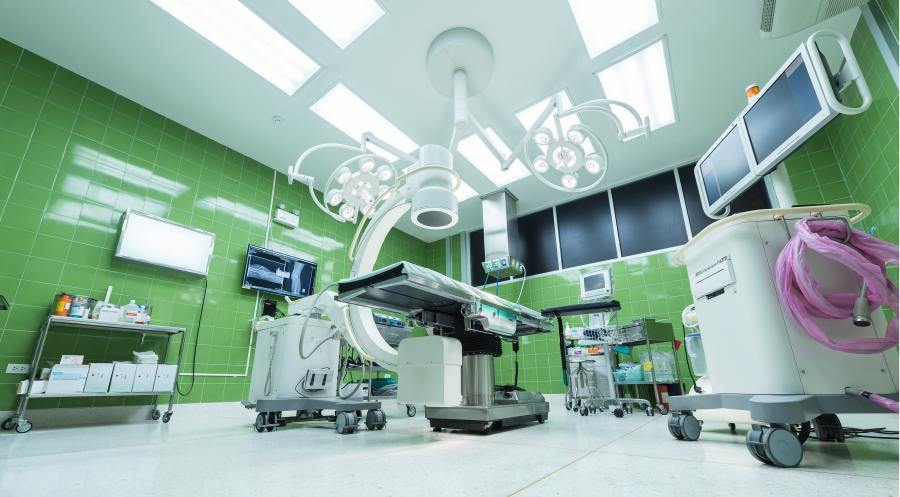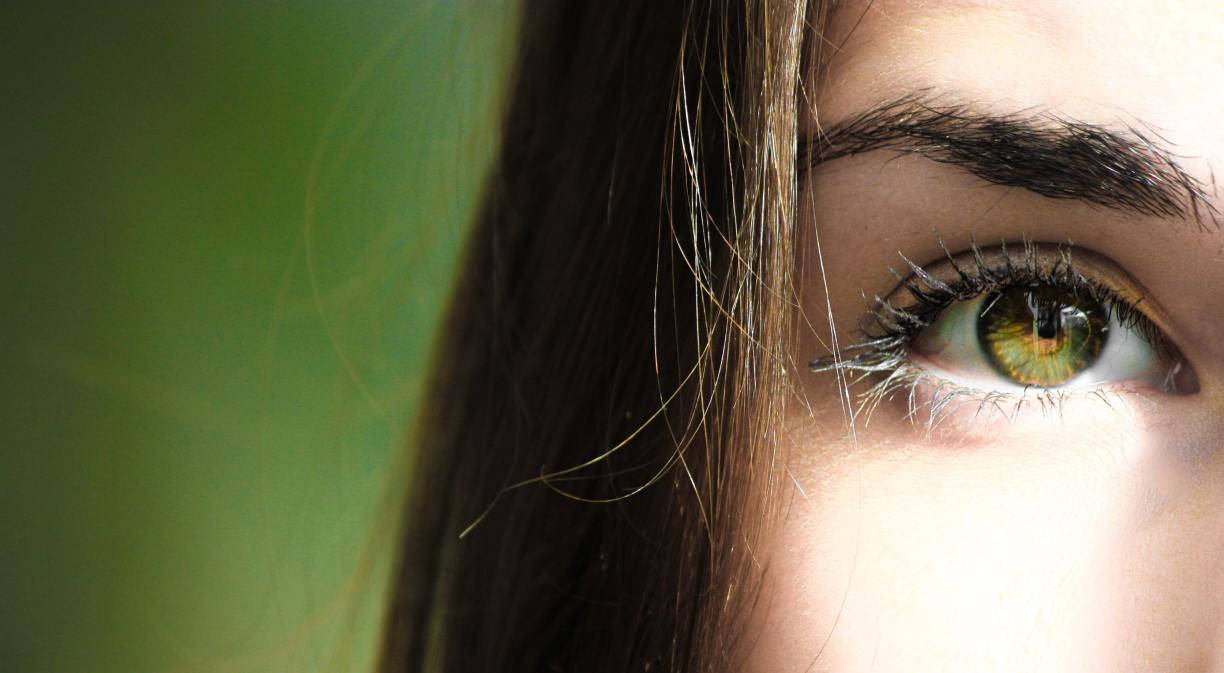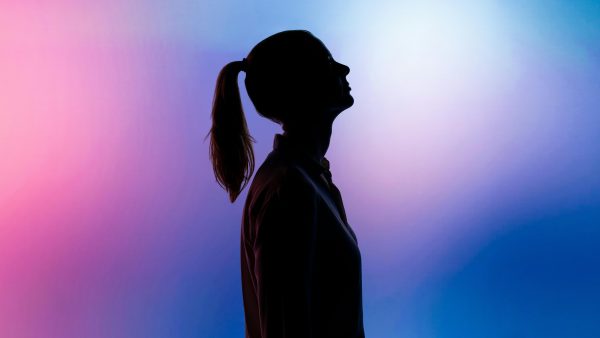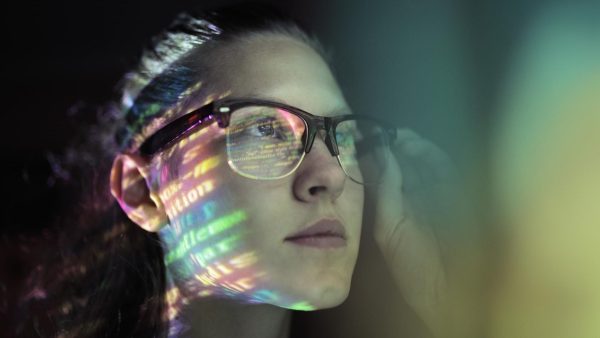For many people, coffee is imperative if they are to face the day with energy. The first cup upon awakening. The second, in front of the coffee machine at the station or at the office. It would be great if it were ready without waiting around, in the blink of an eye, wouldn’t it? “In the blink of an eye”, not in a figurative sense, but literally. Can you imagine if, with a single look, in the blink of an eye, we could order our coffee? What once seemed like science fiction is now a reality thanks to the first coffee machine with eye-tracking technology.
This pilot project, presented at the last edition of the Mobile World Congress in Barcelona by the Basque company Irisbond together with the Azkoyen Group, is capable of tracking the user’s gaze and calculating the exact spot where they are looking. So, according to those who have already tried it, you can control the machine in a quick, simple and very intuitive way and order your drink without touching it or using your voice.
This eye-tracking coffee machine is not only the first of its kind in the world, but also seems to hint at the way in which we will progressively interact with the devices around us. Its creators hope that this product will extend beyond businesses and will also be developed for domestic use. And, above all, they are hoping to push and transfer the infrared-based eye-tracking technology to other tools and sectors, from commercial solutions to the fields of eHealth and telemedicine, for example.
A technology with great potential and many applications
Undoubtedly, it is a trend that is in perfect alignment with the growing demand for contactless or touchless products, which is more pronounced after the pandemic, and which would solve many accessibility and usability problems, especially for people with reduced mobility. Moreover, the potential of eye-tracking could even mean breakthroughs in medicine, such as early detection of degenerative diseases with just an eye examination.
Here are some areas where we can find applications of this eye-tracking technology:
- Medicine: One of the first developments of this technology has focused on improving the quality of life of people with different degrees of disability. Known as assistive communication technology, it allows patients to communicate with their environment freely and autonomously, thus giving them freedom and independence.
We are talking, for example, about patients with severe neuromotor disorders, with severe involvement of both upper limbs and inability to communicate either orally or in writing, mainly patients with ALS, basilar artery thrombosis, infantile cerebral palsy, head injuries or pontine myelinolysis. In the Official State Gazette of 27 April 2019, the expansion of the National Health System’s service portfolio was reported, and it was announced that eye gaze devices would be fully subsidised from January 2020, and they are gradually beginning to be implemented in hospitals.
But the potential of this technology goes beyond this, as it could provide vital neurophysiological data on the elderly population on a daily basis and thus facilitate diagnosis, prognosis and monitoring. The same is true for conditions such as dyslexia, where this technology provides support in the assessment of cognitive impairment. In addition, this touchless technology could be used in the operating theatre to consult information on a computer in real time and could be crucial in doctor-patient communication, especially in situations where verbal communication is not possible, such as in ICUs or with intubated patients. In hospitals, eye-tracking could be another alternative as well – alongside voice or motion commands – to avoid touching a lot of surfaces, such as screens, lift buttons or door handles, thus minimising the risk of contamination within critical areas. - Automotive / vehicle driving: In this respect, the most direct application is in driver monitoring systems (DMS) and driving studies. The combination of facial recognition and eye-tracking provides information about the driver’s attention, alertness and elements which lead to distraction, as well as their concentration level at the wheel. This can send warnings and notifications while driving, create safer and more advanced cars and prevent accidents.
- Neuromarketing: Eye-tracking technology makes it possible, for example, to analyse the parts of an advertisement that most attract the consumer’s attention or to identify behavioural patterns during their visit to the point of sale or at the moment of contact with the brand. The applications are therefore endless, from software/hardware usability, advertising and product testing in shops, to analysis of the conception of the corporate image, etc. and they help marketing and advertising professionals deepen the communication processes with their clients.
- Robotics and Industry 4.0: The applications in this field are diverse, although the main one would allow operators who need to use both hands to operate certain machinery or tools to instruct a robot to perform additional operations with their eyes. Of course, it will help integrate people with certain communication disabilities into certain jobs in the production plant as well.
- Sports: The use of eye-tracking could lead to improved sports performance. In basketball, for example, it has been used to train shooting at the basket, helping the player learn to focus on certain areas of the backboard in order to improve shooting.
Moving image studies are also very useful for the physiological analysis of eye movement, since characteristics such as reaction times are calculated, an aspect that can be very useful for the study of reflexes in professional athletes.










